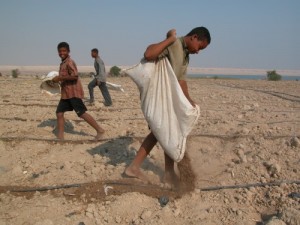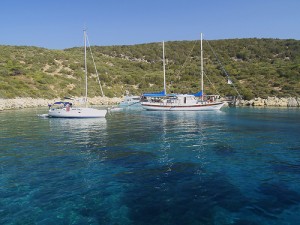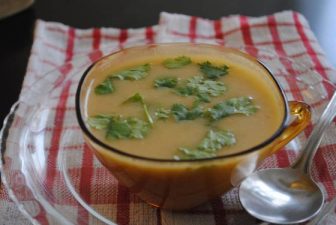 Scared of a little moo in your water? Don’t worry, you won’t have to drink it just yet.
Scared of a little moo in your water? Don’t worry, you won’t have to drink it just yet.
With all the toxins (many of us) release into our bodies through processed foods, pharmaceuticals, skincare products and even pollutants that creep into our pores, our waste is a veritable witches brew. The same goes for livestock that are pumped with aggrandizing chemicals. That our byproduct creates a concoction too strong for most outdated wastewater treatment plants has been public knowledge for some time.
Several solutions have been implemented or at least entertained, such as in Egypt, where wetland treatment technology was posited as a potential alternative to conventional systems. And some treatment centers go on pushing out improperly treated water. As technology becomes more sophisticated, and water more scarce, is it possible we will return to an era where we drink our own waste water?
Raid al Essa demonstrated to The National and other media outlets how a bottle of yellow cow urine was transformed into a crystal clean bottle that would raise no suspicions.
The water came from the Al Ain Farm for Livestock Production in the UAE, where 300 cubic meters of bovine urine is processed daily.
Mr. al Essa, who is the farm’s manager, does not necessarily recommend that humans drink the waste from 2500 milking cows, but technically, they could. “…it is actually perfectly safe,” he said. Instead, the farm uses part of the water for landscaping, and part to keep the cows cool through a misting system.
The farm requires an additional 900 cubic meters of fresh water each day in order to keep operations afloat, according to Vesela Todorova, but this technology is an important step in the right direction for the Emirate.
The technology was created by Dow Advanced Materials, and installed by Veolia Water, and consists of a network of drains that collects the wastewater which is then pumped to a tank. The water goes through two filtration systems and then a third that can catch anything larger than 0.03 microns, according to the paper.
“The average bacteria size is 0.2 microns,” Mr Vazhappilly – Veolia’s customer services manager – told Ms. Todorova, such that almost all bacteria and viruses are eliminated.
But then the water goes through one final reverse osmosis treatment, which renders it a better quality than required by most municipal systems.
“Such projects make both environmental and economic sense, Dr Kadri, general manager of Dow Advanced Materials told the paper: “If you reuse your waste water, it is no longer a waste.”
:: story and image via The National
More on wastewater treatment in the Middle East:




Comments are closed.